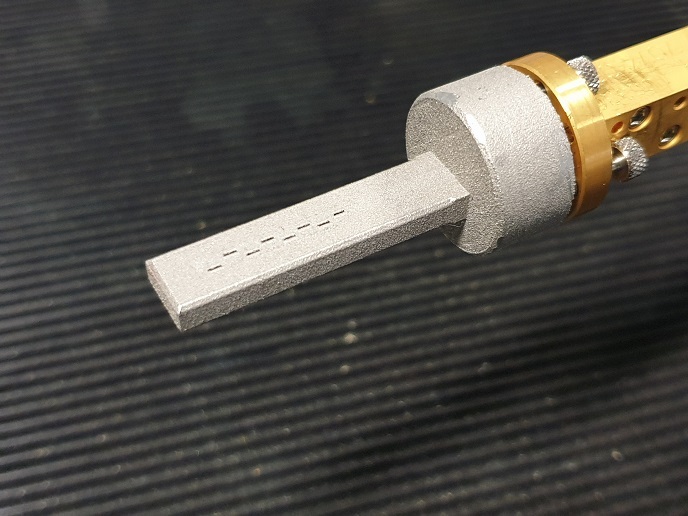Additive manufacturing of complex millimetre waveguide antennas
Enhancing the short-range visibility of pilots, particularly when landing in adverse weather conditions or simply to detect wildlife or other obstructions on the runway, can significantly enhance safety and reduce flight delays. Runway/taxiway excursions represent the largest number of accidents globally(opens in new window). Flight delays cost the airline industry billions of euros. Low visibility is a main cause of both. Enhanced flight vision systems (EFVSs), increasingly widespread, eliminate low visibility problems. Millimetre wave (mm-Wave) radar, in the W-band of the microwave spectrum, is one of the key sensors of EFVSs. More efficient manufacturing of W-band radar antennas and mm-Wave components is a main priority of the EU and the Clean Sky 2(opens in new window) programme. The EU-funded 3DGUIDE project has delivered a reliable and cost effective solution, producing mm-Wave waveguide antennas by the combination of additive manufacturing (AM), interface machining and post-processing via thermal treatment and surface finishing.
Laser powder bed fusion: rapid and cost-effective complex part prototyping
Precision casting and cold extrusion are the main technologies used to prototype hollow waveguide sections. They are relatively inexpensive for mass production, but they face challenges with complex architectures. Diffusion bonding and split-block solutions are more technologically advanced, but this makes them expensive and time consuming. 3DGUIDE optimised laser powder bed fusion(opens in new window) (LPBF), a metal AM technology, for production of mm-Wave antennas and antenna elements (waveguides). LPBF was optimised for high resolution printing with freedom of shaping for an increased level of integration and with a large variety of materials, including aeronautics proven ones. According to project coordinator Oleksandr Vorobyov of the Swiss Center for Electronics and Microtechnology(opens in new window) (CSEM), “LPBF technology has already shown many advantages in microwave components manufacturing, such as weight reduction, assembly reduction and simplification, and even the ability to embed cooling channels thanks to its design freedom. 3D printing is thus an excellent choice for production of antennas with complex 3D shapes, reducing assembly steps and costs.”
Complex powder-formed parts with bulk material properties
3DGUIDE developed a method to optimise materials for compact dimensions and applied it to an aluminium alloy. The team demonstrated dimensions of 80±3 µm and 150±3 µm with a surface roughness of approximately 6 µm after shot peening(opens in new window) and less than 1 µm after advanced surface treatment. “The mechanical post-treatment of the waveguide flanges is a must. This step improves the performance of the waveguide components such as waveguide sections, waveguide-based phase shifters and antennas,” adds Vorobyov. The optimised LPBF technology was benchmarked against traditional manufacturing processes (i.e. micromachining split-block solutions) through the manufacturing, testing and comparison of printed antennas and antenna elements (waveguides). The AM-obtained part’s properties approached those of bulk material.
3DGUIDE pioneers efficient production of W-band waveguide components
3DGUIDE successfully demonstrated the 3D printing of complex W band antennas with reduced assembly steps and costs. “The price reduction is closely related to the production quantity. A rough estimate suggests that the production costs of mm-Wave components using LBPF will be at least three times lower than with conventional methods. The benefits for more complex mm-Wave components can be much higher. However, most importantly, AM enables a significant reduction in production time and excellent repeatability,” concludes Vorobyov. Sophisticated W-band radar systems have become more accessible for mass airline integration and improved safety thanks to 3DGUIDE production technology.







